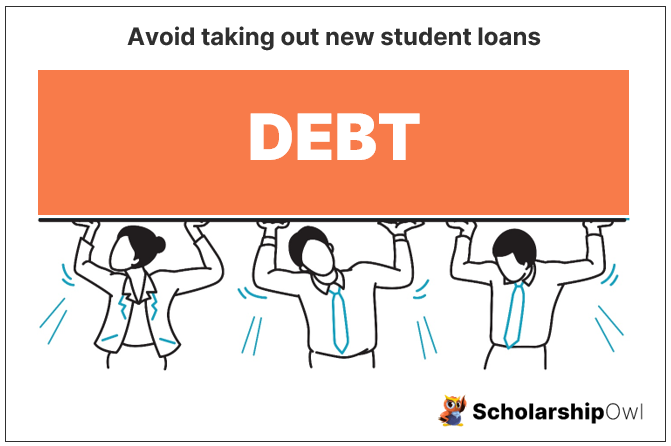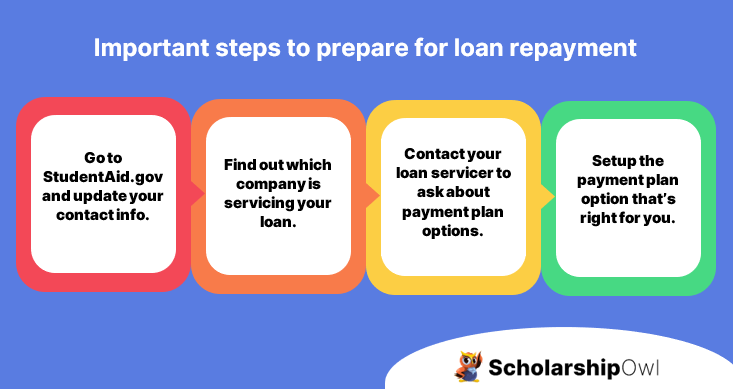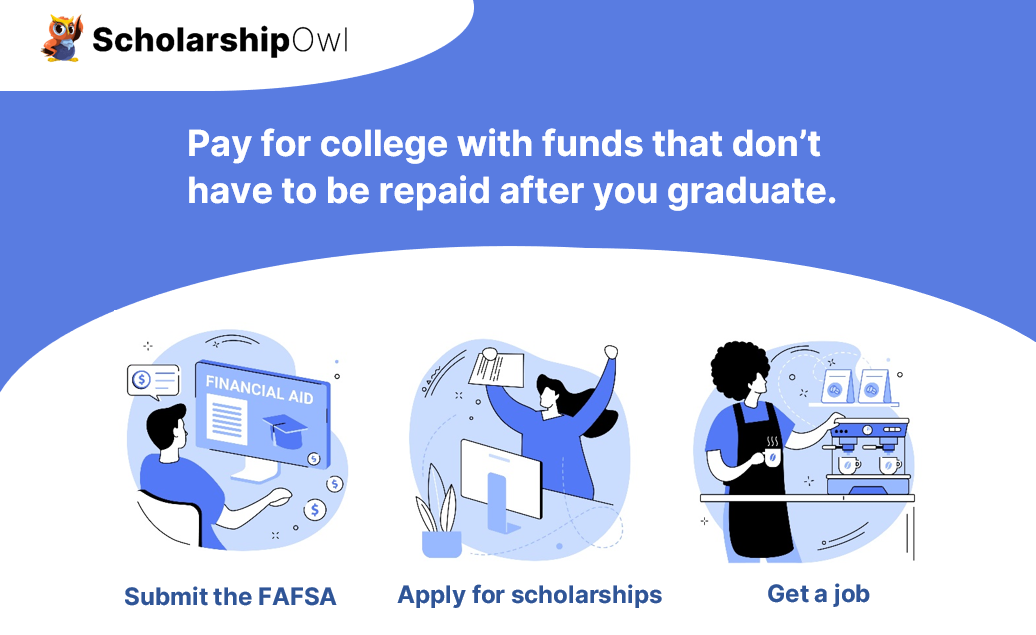Last week, the Supreme Court made a momentous decision impacting both students and student loan borrowers.
The Supreme Court struck down the Biden Administration’s student debt forgiveness plan in Biden v. Nebraska, concluding that the Secretary of Education does not have authority under the Higher Education Relief Opportunities for Students Act of 2003 (HEROES Act) to establish a student loan forgiveness program. The Biden Administration’s student debt forgiveness plan was expected to provide debt relief of $10,000 to $20,000 for over 40 million of student loan borrowers, and many of these borrowers made financial decisions based on the expectation that they would benefit from the program.
Due to the COVID-19 pandemic, student loan payments have been paused since March 2020, but payments will resume this fall, with the first payment due on October 01, 2023. There is significant concern that borrowers will struggle to make their payments, and that many will default on their loans.
A few hours after the Supreme Court’s decision was announced, President Biden delivered remarks regarding future plans to support borrowers, and to help ease the transition to repayment:
The fastest path to earning scholarships
Simplify and focus your application process with the one-stop platform for vetted scholarships.
Check for scholarships- A new income-driven repayment plan that will enable borrowers to make student loan payments equal to just 5% of their disposable income;
- A new on-ramp transition program that will allow borrowers up to 12 months to get back on-track with paying their loan payments on time. Borrowers who struggle to make their payments on time can access this on-ramp program so they have more time to get back on track. Borrowers who pay less than what they owe and/or are late in making payments will not be referred to credit agencies and will not be considered to be in default during this time.
In addition, President Biden indicated that his administration is exploring other avenues for loan forgiveness through the Higher Education Act.
Avoid taking on new student debt

Student loans should always be a last-resort. College can be paid for with federal and state grant aid, scholarships, and earnings from employment. It is far better to pay for college as you go rather than taking out loans and graduating with the burden of student debt.
Studies show that it takes most student loan borrowers 20 years to pay off their student debt. This results in millions of borrowers delaying major life milestones, including delaying getting married, delaying buying a home, postponing having children, prolonging their ability to save for their retirement, and postponing saving for their children’s education – which creates a generational challenge.
I already have student debt. What should I do?

- Visit www.studentaid.gov and make sure that the Federal Student Aid division of the U.S. Department of Education has your current contact information.
- While on that website, check to confirm who is servicing your student loan(s). Over the past few years, many loan companies sold student loans to other companies.
- Next, go to the website for your loan servicer and login to your account, or create your account if this is the first time you have visited their website.
- Contact your loan servicer to find out about payment options that will best meet your needs. There are numerous payment plans, and they can help you determine which plan is best for you.
How can I avoid taking on student debt in the future?

- Work part-time during the school year, and full-time during summers starting in your junior year of high school all the way until you finish your college education, or work full-time throughout the school year and attend college part-time or online.
- Apply for federal and state grants by submitting the Free Application for Federal Student Aid (FAFSA) for every year you plan to attend college – the FAFSA opens on October 1st each year. It’s free to apply, and all U.S. Citizens and Permanent Residents are eligible.
- Apply for scholarships year-round. Apply for scholarships offered by the colleges you are applying to or currently attending, apply for local scholarships in your community, and apply for external private scholarships that are available from businesses and organizations. ScholarshipOwl can help you with that. Through advanced AI algorithms, ScholarshipOwl finds the right scholarship for you. You can get started on ScholarshipOwl by signing up for a free trial at www.scholarshipowl.com.
- When you receive offers of admission from the colleges you’ve applied to, commit to selecting the most affordable option. Compare financial aid and scholarship offers, and find out what your total out of pocket costs will be. Select the most affordable option, and then continue applying to scholarships to try to get your costs down even further. Decide NOT to take out student loans to make up the difference – make up the difference with money you’ve earned from employment and scholarships.
For more information, and to get help from college finance experts, visit www.scholarshipowl.com.



